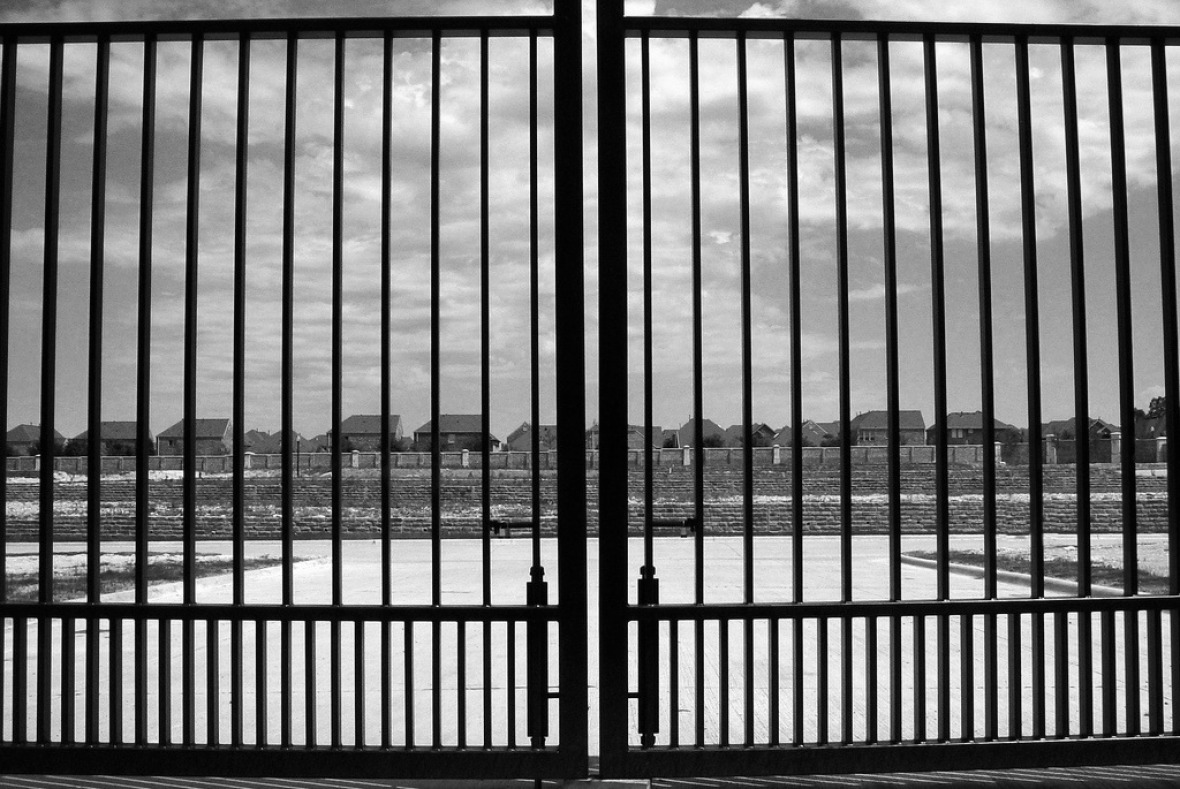Headline:
Current Environmental Strategies and Why They Don’t Work

When I give presentations about my work, I usually start with this question from the Dutch-American sociologist and economist Saskia Sassen:
“Are our global ecological conditions the results of urban density and agglomeration or are they the results of the specific types of urban systems that we have developed to handle transport, waste, disposal, building, heating and cooling, food provision, and the industrial processes by which we extract, grow, make, package, distribute, and dispose of the foods, services and materials that we use?” (from her essay: Bridging the ecologies of cities and of nature)
Like Sassen, I believe that the latter is the case. However, in reality the task of changing urban systems is extremely complex, given the fact that they are all interconnected and caught up in path dependencies. Furthermore, transforming them entails change, and people usually don’t like change. Change provokes resistance from those who benefit from the old systems (often those currently in power). Real change is therefore usually missing in environmental strategies.
Let’s have a look at the most common approaches to tackling environmental problems in urban centres today and why they are not leading to transformation:
Efficiency improvements are usually seen as the first step in ‘sustainable’ resource management. However, taking efficiency measures as a starting point is fundamentally wrong: we will just end up with a system that’s a certain per cent ‘less bad’. Efficiency per se has no value. We first need to ask ourselves if what we are doing is ‘right’, before making it more efficient. Efficiency measures will reduce resource consumption, but this will only buy us time before increasing population and consumption levels catch up.
Example: Even if we use the same toxic components in toys in a more efficient way, they will still be toxic.

Green technology solutions mostly stay within the same consumption-based system; they try to sell ‘more’ rather than ‘less’ and are very much based on changing the ‘products’ (the nice word for this is ‘green-washing’) instead of changing the ‘system’.
Example: The ‘green car of 2008’ was a hybrid car that weighs ‘an elephant’ (7,000 kg). Would the world really be better off if we all drove one of these?

Impact offsetting, such as the carbon offsetting scheme, basically allows for business-as-usual pollution in certain places and often has negative secondary side effects, e.g. social inequalities in the distribution of the gains and benefits of the projects, eviction of local residents, etc.
Example: ‘Locals’ have to put up with projects that have been decided elsewhere with no thought given to local and regional implications. Carbon offset projects often require enormous amounts of local resources (water, land, etc.) that have been used by local residents for generations.
Eco-cities are completely new cities or parts of cities that claim to be ultimate examples of sustainable living. They are, however, often extremely high-tech-based (and therefore often generously sponsored by large and of course ‘very green’ corporations) and resemble futuristic dreams. At the same time, this makes them very ‘exclusive’ (read: ‘excluding’). Eco-cities are already criticised for being the ‘gated communities of the 21st century’.
Example: In the eco-city of Dongtan, there were plans to strip and recycle all incoming packaging in consolidation centres at the borders of the city. But even if the packaging was never to enter the city, the fact that it was there in the first place, would mean that the overall system had not changed at all.

Single resource approaches that, for instance, focus ONLY on energy, ignore the interconnectedness of different resources and don’t take account of the feedbacks that one system might have on the others.
Example: In electricity production, natural gas produces half the carbon dioxide that coal does, and it is therefore seen as the ‘green’ fuel of the future. However, when we don’t just look at carbon dioxide but also at methane – a much more potent greenhouse gas than CO2 – we see a different picture. In the process of gas extraction – increasingly by fracking – methane leaks can offset the net benefits of burning gas instead of coal, as my colleague Lorenzo Cremonese recently explained in this blog. Besides, fracking has other known side effects including water contamination and induced seismicity.
It is, of course, easy to criticise, but we – and thankfully we are not the only ones – are looking for ways to achieve genuine transformations of urban systems. More on this will follow in this blog.
Header photo: Diego Torres Silvestre, "Waiting" (Creative Commons, cropped)

Add new comment